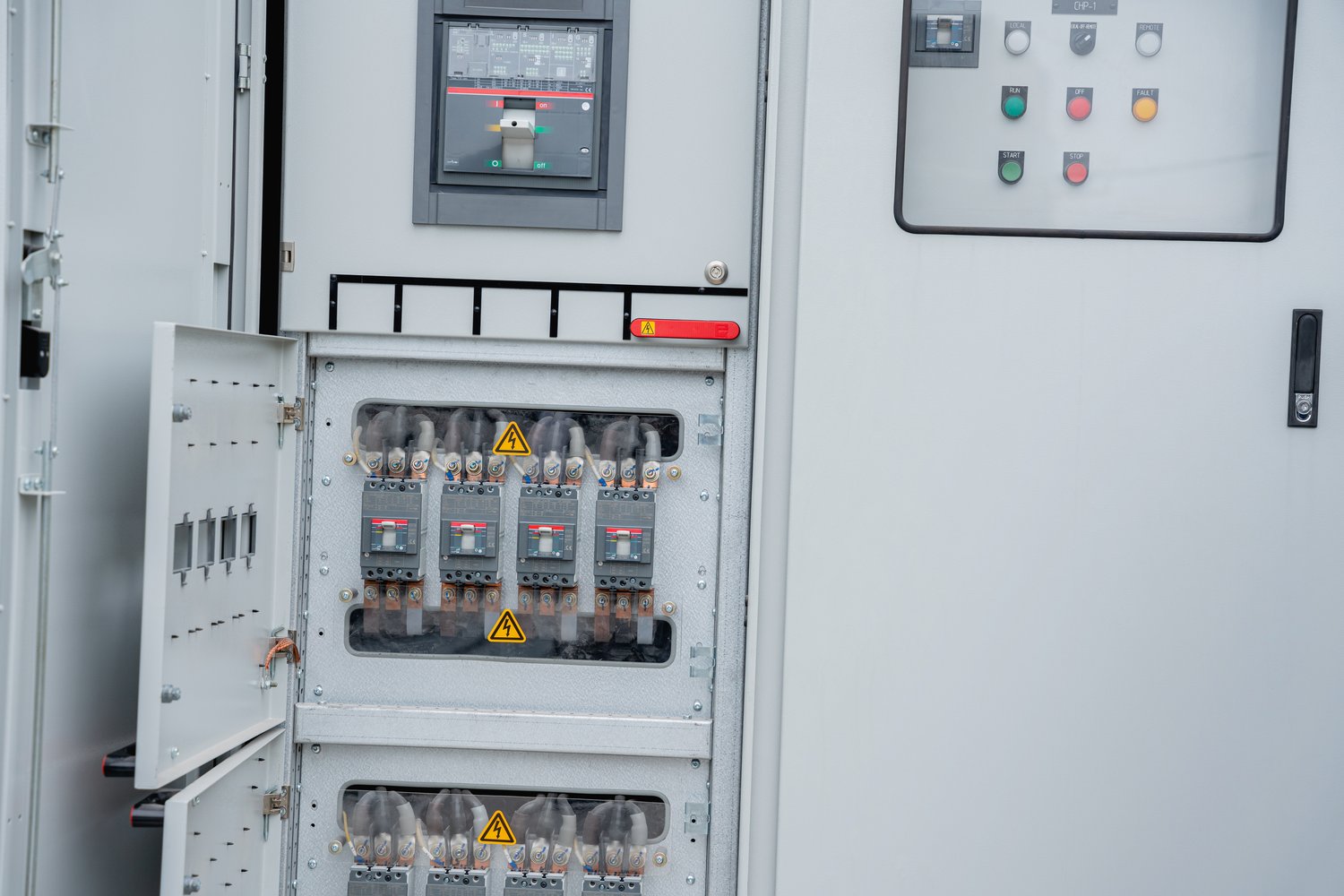Your electrical panel is the heart of your home’s power system, but what happens when the labels that map your circuit breakers are missing? This small detail can lead to big problems, from safety hazards to costly mistakes when something goes wrong. Properly mapping and labeling your breakers isn’t just about organization; it’s a critical task for ensuring smooth and safe operations in your household.
- Unlabeled circuit breakers can cause confusion during emergencies, delaying necessary actions that could prevent damage or harm.
- Our step-by-step guide will walk you through the process of identifying and labeling your breakers, making future maintenance a breeze.
- A deep dive into the essential tools will equip you with expert tips, transforming a daunting task into a manageable project for any homeowner.
By investing a little time and effort, you can transform your electrical panel from a potential danger zone into a well-organized, safe component of your home. Let’s dive in and unlock a new level of electrical confidence!
Understanding the Risks When Electrical Panel Labels Are Missing
Missing electrical panel labels can lead to significant safety hazards and operational confusion. Without proper labeling, identifying the specific circuit breaker for a faulty appliance becomes much more challenging in an emergency situation. This delay can be crucial if a quick shutdown is needed to prevent electrical fires or further damage.
The absence of clear labels also complicates maintenance efforts. Electricians, or even DIY homeowners, might inadvertently switch off the wrong circuit, disrupting power to essential areas. It can also hinder effective troubleshooting, resulting in longer downtime and increased frustration for property occupants.
Moreover, missing labels can lead to non-compliance with safety regulations, potentially resulting in fines or the need for costly corrections during inspections. Clear labeling is fundamental not just for immediate safety, but for maintaining long-term electrical system reliability.
Steps to Map and Label Your Circuit Breakers Correctly
Mapping and labeling your circuit breakers correctly requires a systematic approach. Begin by gathering all necessary tools, such as a voltage tester, a sample circuit breaker label sheet, and a flashlight for visibility.
Next, switch off one circuit breaker at a time. Observe which parts of your home lose power. Take note of affected outlets and appliances, marking them down on your label sheet for that specific breaker. Repeat this methodical process until all circuit breakers are mapped.
After mapping, apply clear and durable labels to each breaker. Write concise descriptions like “Kitchen Outlets” or “Master Bedroom Lights” to identify the circuits easily. Ensure each label is placed securely adjacent to the appropriate breaker to prevent confusion.
Finally, review your labels for accuracy with the help of another person. Having a second set of eyes can catch errors that might have been overlooked. This careful method ensures each breaker is correctly mapped, promoting safety and efficiency in your electrical panel.
Tools and Tips for Effective Circuit Breaker Mapping
Having the right tools and following expert tips can make a significant difference when mapping and labeling your electrical panel. This process is vital for ensuring safety and efficiency, preventing unexpected electrical malfunctions. Whether you are a beginner learning the ropes or an experienced electrician aiming for precision, having a well-organized approach is crucial.
Essential Tools for Circuit Breaker Mapping
When embarking on this task, certain tools can simplify the process and improve accuracy. To begin with, a circuit tester is invaluable. It helps you determine which circuit breakers control which circuits by identifying current flow effectively. Additionally, keep a permanent marker on hand for labeling, ensuring that your annotations remain clear and legible over time.
Another vital tool is a notepad or digital device to jot down details of each circuit breaker. Documenting which areas each breaker controls can save significant time during future maintenance. Don’t forget a flashlight, especially if your electrical panel is in a dimly lit area, aiding clarity and precision in labeling.
Expert Tips for Accurate Labeling
Once you’ve gathered the necessary tools, following expert-level tips will enhance your efficiency in circuit breaker mapping. Start by turning off all the devices within the area connected to the particular panel. This makes identifying the circuit much easier as you test breakers one at a time.
Once you identify a circuit, label immediately. Attach clear and concise labels on both the panel and the respective devices they control. Use a system that makes sense to you; some prefer numbering, while others use descriptive names. Additionally, creating a backup of your documentation, perhaps in a digital format, ensures you have ready access to it in case of emergencies.
Regularly reviewing and updating your labels is equally important. As new devices are added or home layouts change, keeping your panel labels up to date prevents confusion and enhances safety.
Incorporating these tools and tips will not only simplify the mapping and labeling process but also contribute to maintaining a safe electrical environment in your home.
Frequently Asked Questions About Circuit Breaker Mapping and Labeling
Why is it important to have circuit breakers labeled?
Labeling circuit breakers helps ensure safety, facilitates quick identification during an electrical issue, and aids in efficient future maintenance.
What can happen if circuit breakers are not labeled?
Missing labels can lead to incorrect breaker switching, increasing the risk of electric shock, fire hazards, and delays in emergencies.
What tools do I need for mapping and labeling circuit breakers?
You’ll need a voltmeter, circuit tester, a notepad, a pen or label maker, and colored stickers or tape.
How can a beginner correctly map circuit breakers?
- Turn on one light/appliance at a time.
- Use a circuit tester to find the corresponding breaker.
- Repeat until all circuits are identified.
Can I map circuit breakers myself, or should I hire a professional?
If you’re comfortable working with electrical systems, you can do it yourself. However, hiring a professional ensures accuracy and safety.





